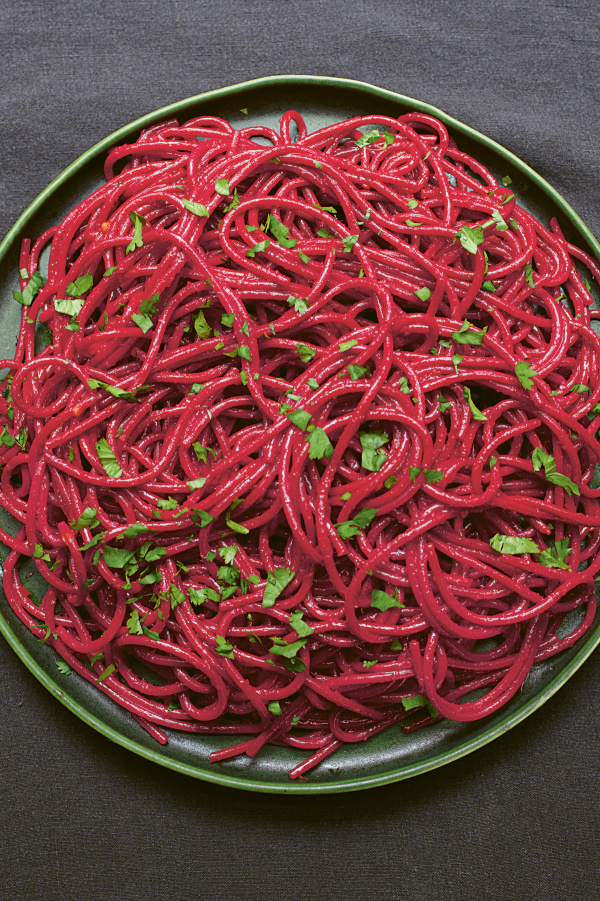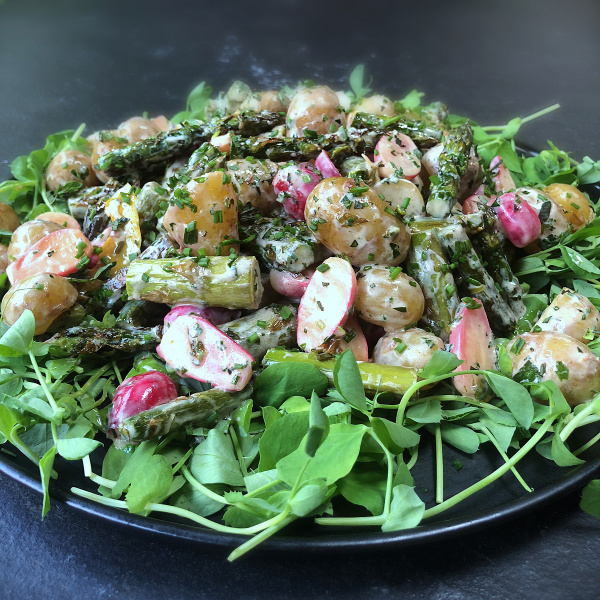Gelatine Leaves to Powder Conversion
Asked by giwilreker. Answered on 30th April 2011
Full question
I have been given many fantastic receipes by my mother that use gelatine leaves. It is however very difficult to find these in South Africa. How many grams of gelatine powder would equate one gelatine leaf?
Our answer
Unfortunately converting recipes from leaf to powdered gelatine is extremely tricky as you can't use a straight substitution based on weight. This is due to the strength of gelatines being very different. Leaf gelatine comes in different strengths (or grades) and the strength of the leaf gelatines is also different to the powdered type.
Assuming your recipes are coming from the UK the most common leaf gelatine available in supermarkets (made by Costa) comes in packages of 15 leaves, each package weighing 25g. The leaves each measure 7cm x 11.7 cm. As 15 leaves sets 1.25 litres one leaf should set roughly 80ml (1/3 cup) liquid, two leaves 160ml (2/3 cup) and 3 leaves 250ml (1 cup) etc. So first see how many leaves are in the recipe and work out the amount of liquid this would set. At this point you will need to look at your powdered gelatine and see what the package recommends in terms of amount of powder to set liquids and then use the amount you would need to set the same amount liquid that you have just calculated from the leaf gelatine.
For Knox gelatine (which is used in the US and some other countries) a 1/4-ounce (7g) envelope contains 2 1/4 to 2 1/2 teaspoons powder and sets 2 cups liquid. So one envelope will be the equivalent of 6 sheets of UK gelatine.
When using powdered gelatine the method may need to be adjusted slightly too. Powdered gelatine usually needs to be soaked (sometimes called bloomed or sponged) in a little cold liquid first then warmed gently to dissolve it before adding it to the liquid to be set. Again it is best to read and follow the instructions on the packaging of your gelatine.



-61fd63f247e9b.jpg)


Tell us what you think
Thank you {% member.data['first-name'] %}.
Explore more questionsYour comment has been submitted.